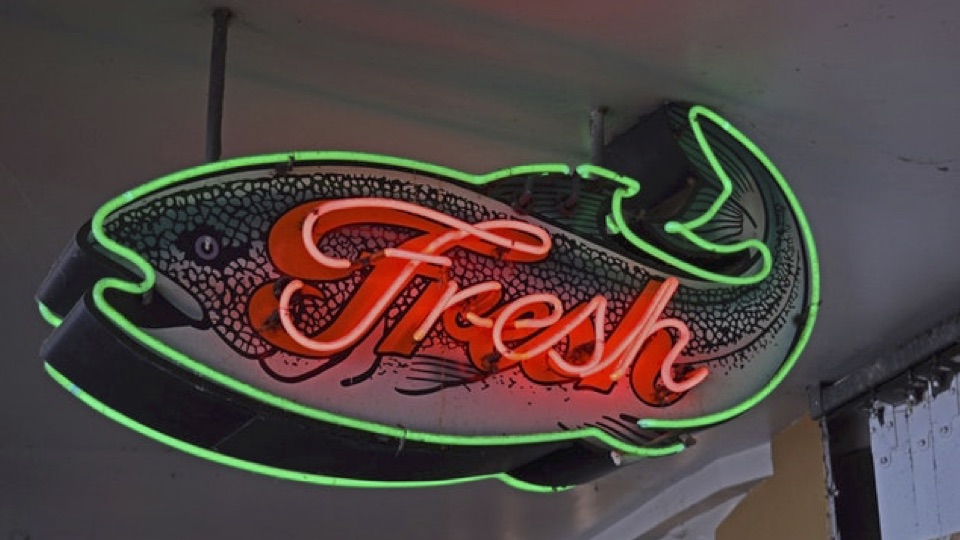How can seafood be sustainable, you ask? Well, the term’s definition is pretty much two-fold. Sustainable fish and shellfish are wild-caught or farmed (aquaculture) in a manner that manages the long-term vitality of harvested species while helping to keep the marine environment healthy. Sustainable seafood is also better for you and the planet. A wide variety of species are high in protein, heart-healthy omega-3s, vitamins, and minerals. Unsustainable seafood is often caught by the usage of bottom trawlers, longlines, or gillnets which drag the ocean’s floor in an effort to capture scores of edible sea life. This method damages ecosystems and marine habitats and can lead to overfishing.
Overfishing places pressure on ocean ecosystems by catching fish faster than they can reproduce. Large fish like cod, grouper, snapper, and Chilean seabass are slow to reproduce and are vulnerable in this process. Lots of fish feed on algae which keeps the coral reef clean and thriving. In areas where there has been overfishing, algae tend to overgrow the reef, killing the corals. Destroyed habitats mean destroyed breeding grounds.
Below are a few sustainable types of fish to consider adding to your next shopping list:
Alaskan Salmon – Wild Alaskan salmon is closely regulated, and their stocks are healthy. The salmon is usually caught with a pole and line, thus having minimal environmental impact.
Anchovies – This small silver fish is packed with nutrients and a long-favored topping for punching up the flavor in sandwiches, pizzas, and salads. It is rich in omega-3 fatty acids, a powerful benefit for reducing blood clotting, and promotes thyroid protection and eye health.
Artic Char – Oily with a subtle flavor, the artic char is an excellent substitute for salmon or trout and takes well to being farmed.
Dungeness Crabs – This succulent meaty delicacy is harvested with traps, ring nets, and even by hands.
Sardines – Loaded with omega-3, calcium, and vitamin D, sardines are also jam-packed with nutrients, low in calories, packaged in a variety of flavors, and can be used in an array of recipes.
Talapia – Talapia is a popular farmed freshwater fish also low in calories, high in protein and usually comes at a cost to fit any budget.
Yellowtail Rockfish – The yellowtail rockfish contains high amounts of the powerful antioxidant selenium and since its population remains above target level, this particular species is not at risk of being overfished.
How to Pick Fresh Fish
Fresh fish should be firm with clear or a tinge of bloodshot eyes. If you poke the flesh, it should bounce back and not sink in. Although it is fish, it should not smell “fishy.”
What to Look for When Buying Frozen
Check the packaging for an eco-label as an indication of certification of sustainability. Any ice crystals formed on the outside of the packaging are fine but any crystals on the fish itself are a sign the fish had been thawed and refrozen before arriving at the store.
For more information on sustainable seafood including all species, which are farmed or wild, their health benefits, availability, source, description of taste, recipes, and more, visit fishwatch.gov.
-Sharon Oliver
Photo by Gotta Be Worth It from Pexels




0 comments on “Sustainable Seafood: Best Catch of the Day”